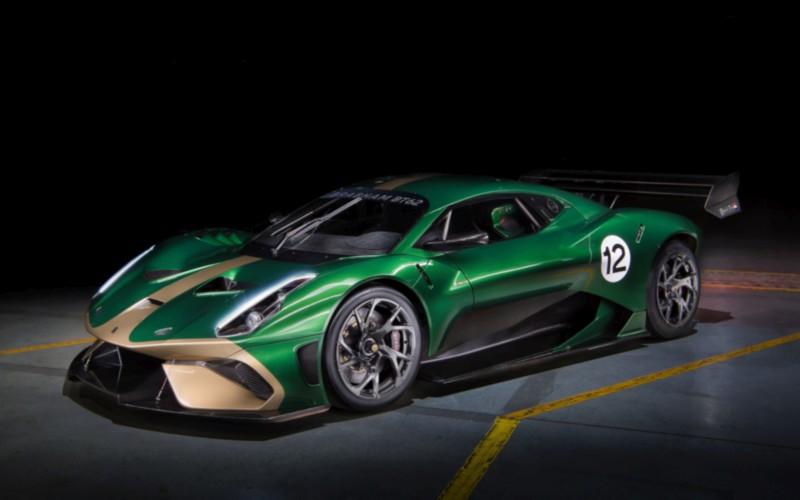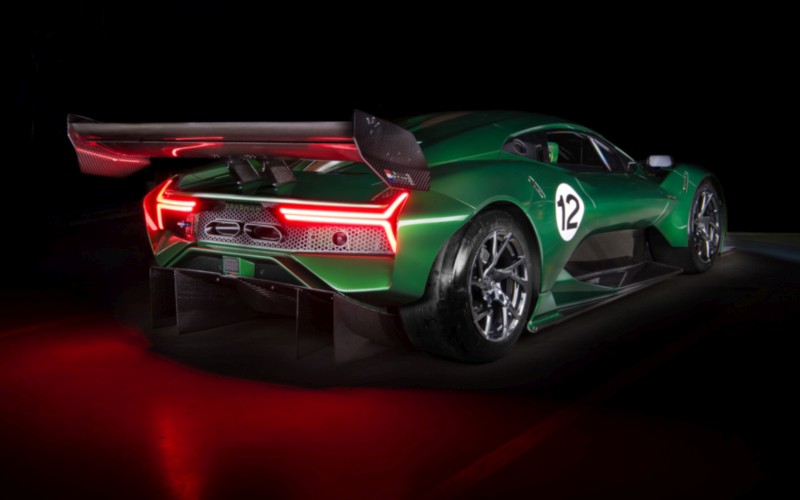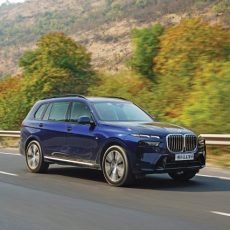The legendary Australian name has returned to automotive realm in the form of Brabham Automotive and their first modern limited-production sports car. This is the new BT62. With numbers to thrill, it looks set to be an absolute stunner to say the least.
It’s been 70 years for Brabham. In 1948, Australian Jack Brabham took to a track for the first time. After clinching several Australian racing championships, he delved further into road racing. In 1955, he took part in his first Formula 1 race – the British Grand Prix. He took the world title three times. He was the first, and remains the only man, to have won a world championship in a car bearing his own name, when, in 1966, he clinched the driver’s world championship, with four consecutive wins to boot.
While there was an attempt at production cars, notably sports cars bearing the ‘BT’ name – derived from Brabham and his partner Ron Tauranac. Starting in 1961, over 500 cars were built. It was the BT8A that saw the most numbers, becoming quite successful at the national level of racing in the UK. The BT17 then followed, with a Repco V8 engine for Can-Am racing. Now, though, Sir Jack Brabham’s legacy lives on. There’s an all-new company, Brabham Automotive, and an all-new car, the BT62.
The Brabham BT62 is the latest creation and is, unequivocally, one of the most exciting sports cars to make headlines in 2018. There were teasers and then some details, but now, the green-and-gold liveried carbon-fibre cat is out of the bag.
Not only is the bodywork cutting-edge, but the level of detail gone into making it what it is astounds. The car was created from a clean sheet, it was an effort involving the use of contemporary material, processes and tech, apart from a two-year engineering and development programme. The result was expected to be a car that engages the driver, demanding a greater involvement. A mid-engined track car, the BT62 uses lightweight carbon construction, a natural V8, and a racing-spec transmission to power the rear wheels. The aerodynamic efficiency looks unquestionable, and Brabham claim the aggressive aero package delivers 1,200 kg of downforce. Inside, a bare, but carefully detailed cabin provides the essentials for a thorough racing experience.
Powering the new BT62 is a Brabham 5.4-litre naturally aspirated V8. In this day and age, that’s something else. Not only is it nat-asp, but, from the engine note teased earlier, it’s nothing short of a slightly tamed, almost unfiltered racing V8. Expect nothing less than a screamer with a peak 710 PS and 667 Nm – the latter pointing to a specific torque of 123.5 Nm/litre or so (the exact displacement is not known at this point). The accompaniments are in accordance: carbon brakes with six-piston calipers front and rear, and a set of Michelin racing slicks on light alloy wheel rims. The weight, then, is 972 kg; that’s 730 PS/tonne!
In recognition of Brabham’s 70-year heritage, there will be just 70 cars made, each costing £1 million (Rs 9.3 crore). The first 35 examples will be offered in Brabham’s green-and-gold livery.
David Brabham, Managing Director, Brabham Automotive, said at the launch, “I set out 12 years ago to re-establish the iconic Brabham name, determined to see it return to global competition. My father had an incredible determination to succeed and, like him, I’ve worked tirelessly through this time, drawing on my experience as a racing driver, leader and mentor, never once losing sight of that goal. It’s been challenging at times, but what we have achieved is simply staggering. Today’s unveiling makes me feel incredibly proud as the Brabham legacy enters a new era.”
Deliveries of the new Brabham BT62 are set to commence later this year. They will be offered with tailored driver development and experience programmes.
Story: Jim Gorde







